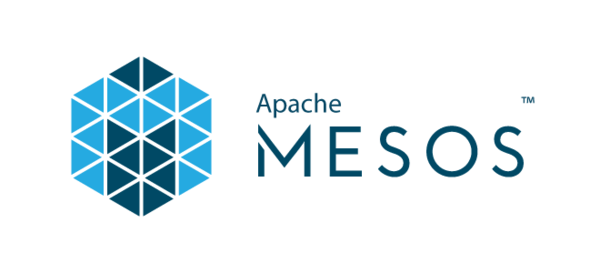When people talk about cloud native applications you almost inevitably hear a reference to a success story using Apache Mesos as an application delivery framework at tremendous scale. With adoption at Twitter, Uber, Netflix, and other companies looking for scale and flexibility — Mesos provides a way to abstract resources (CPU, memory, storage, etc.) in a way that enables distributed applications to be run in fault-tolerant and elastic environments. The Mesos kernel provides access to these abstractions via APIs and scheduling capabilities in much the same way that the Linux kernel does but geared towards consumption at the application layer rather than the systems layer.
Benjamin Hindman (@benh), the co-creator of Apache Mesos, developed the open source powerhouse as a Ph.D. student at UC Berkeley before bringing it to Twitter. The software now runs on tens of thousands of machines powering Twitter’s data centers and is often credited for killing the fail whale and providing the scale Twitter needed to serve its growing base of over 300 million users. It’s also causing a huge ground swell in companies developing cloud native applications.
Ben, now founder of Mesosphere, will give the welcome address at MesosCon North America, the Apache Mesos conference going on in Denver on June 1-2. This event is a veritable who’s who from across the industry of those using Mesos as a framework to develop cloud native applications.

MesosCon is a great place to learn about how to design application clusters running on Apache Mesos from engineers who have done it like Craig Neth (@cneth), distinguished member of the technical staff at Verizon, who will walk attendees through how they got a 600 node Mesos cluster powered up and running tasks in 14 days.
Your Uber has arrived, thanks to Open Source Software
Traditionally, machines were statically partitioned across the different services at Uber. In an effort to increase the machine utilization, Uber has recently started transitioning most of its services, including the storage services, to run on top of Apache Mesos.
At MesosCon, Uber engineers will describe the initial experience building and operating a framework for running Cassandra on top of Mesos across multiple data centers at Uber. This framework automates several Cassandra operations such as node repairs, the addition of new nodes, and backup/restore. It improves efficiency by co-locating CPU-intensive services as well as multiple Cassandra nodes on the same Mesos agent. And it handles failure and restart of Mesos agents by using persistent volumes and dynamic reservations.
Running Cassandra on Apache Mesos Across Multiple Datacenters at Uber at MesosCon
Microservices, Allowing us to binge watch House of Cards on Netflix
Netflix customers worldwide streamed more than forty-two billion hours of content last year. Service-style applications, batch jobs, and stream processing alike, from a variety of use cases across Netflix, rely on executing container-based applications in multi-tenant clusters powered by Apache Mesos and Fenzo, a scheduler Java library for Apache Mesos frameworks. These applications are consuming microservices that allows Netflix to build composable applications at massive scale.
Based on the experiences from Netflix projects Mantis and Titus, Netflix Software Engineer Sharma Podila (@podila) will share his experiences running Docker and Cgroups based containers in a cloud native environment.
Lessons from Netflix Mesos Clusters at Mesoscon.
How Microservices are being Implemented at Adobe
Dragos Sccalita Haut is a solutions architect at Adobe’s API Platform, adobe.io, building a high scale distributed API Gateway running in the cloud. He realized that as the number of microservices increase and the communication between them becomes more complicated. This brings new questions to light:
How do microservices authenticate?
How do we monitor who’s using the APIs they expose?
How do we protect them from attacks?
How do we set throttling and rate limiting rules across a cluster of microservices?
How do we control which services allow public access and which ones we want to keep private?
How about Mesos APIs and frameworks, can they benefit from these features as well?
The answer to these questions was using the Mesos API management layer to expose microservices in a secure, managed and highly available way.
Let Dragos teach you to Be a Microservices Hero at MesosCon.
MesosCon in the Mile High City June 1-2
If you are interested in hearing how Apache Mesos is being developed and deployed by the world’s most interesting and progressive companies the place to see this is MesosCon on June 1-2, in Denver. The conference will feature two days of sessions to learn more about the Apache Mesos core, an ecosystem developed around the project, and related technologies. The program will include workshops to get started with Apache Mesos, keynote speakers from industry leaders, and sessions led by adopters and contributors.


